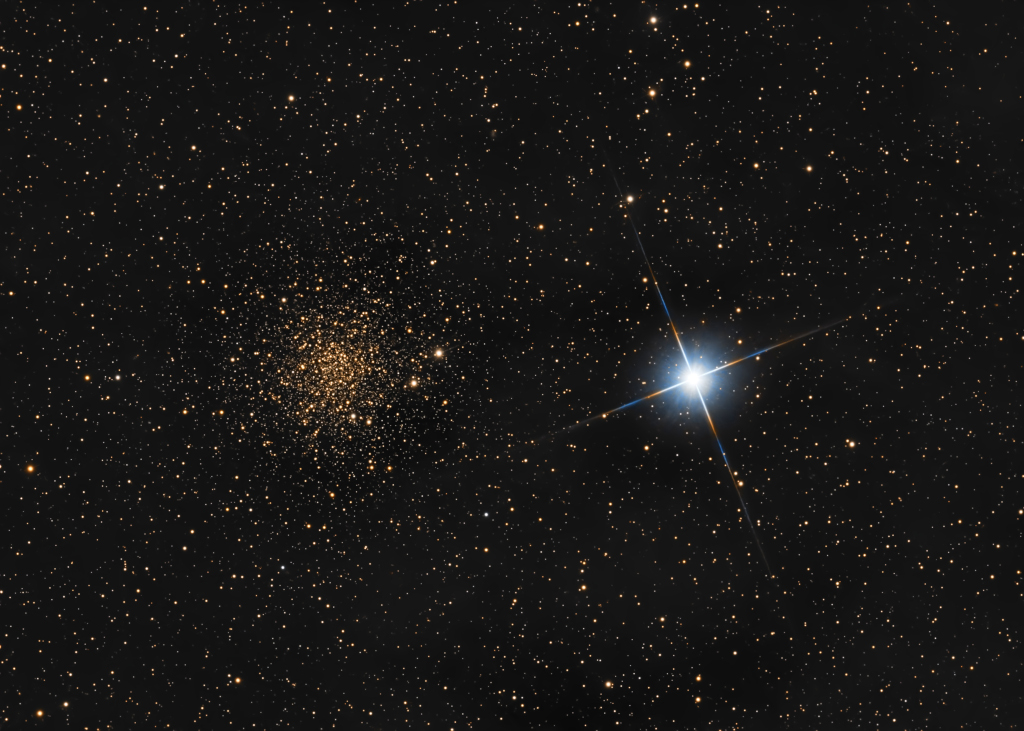Yugadi marks the beginning of a new year in Indian Calendar System.
Based on astronomy, Indians follow two calendar systems to record time: Chandramana (the Lunar Calendar) and Souramana (the Solar Calendar).
Chandramana Calendar
The Chandramana Calendar system uses the phases of the Moon along with the Sun’s position to record time. This is the Luni-Solar Calendar wherein every month begins with the New Moon, and the name of the month is derived from the stars that appear closer to the Full Moon during the respective month.
In the Chandramana Calendar, Yugadi – also known as Ugadi and Gudi Padwa, is celebrated on Padhya (the 1st day) in Chaitra masa (the month of Chitta Nakshatra).
Chandramana Yugadi ( Gudi Padwa ) this year : 2nd April 2022
The Souramana Calendar
The Souramana Calendar system uses the Sun’s position with respect to the background stars to record time. According to the Solar Calendar, the Sun’s 360° path is divided into twelve 30° partitions, and each of them marks a month. The name of the month is derived from the respective background constellation.
The Souramana Yugadi – also known as Vaisakhi or Baisakhi, begins on the day the Sun enters the Aries constellation (Mesha), and is celebrated as Mesha Sankranti. In South India, it is known as Vishu.
Souramana Yugadi ( Baisakhi ) this year : 14th April 2022
The Astronomy of Yugadi
Astronomically, Ugadi is celebrated when the Sun reaches the First Point of Aries, i.e., the March Equinox. ♈.

Due to the Earth’s axial precession (precession of the Equinox) this point has now moved into the Pisces constellation and the celebration has moved to April.

Two different Dates?
This difference between the number of days in a month in the Luni-Solar and the Solar Calendar leads to Chandramana Yugadi and Souramana Yugadi occurring several days apart, every year. The introduction of Adhika Masa, once in every three years, reduces this difference.






